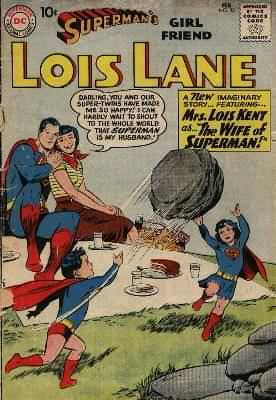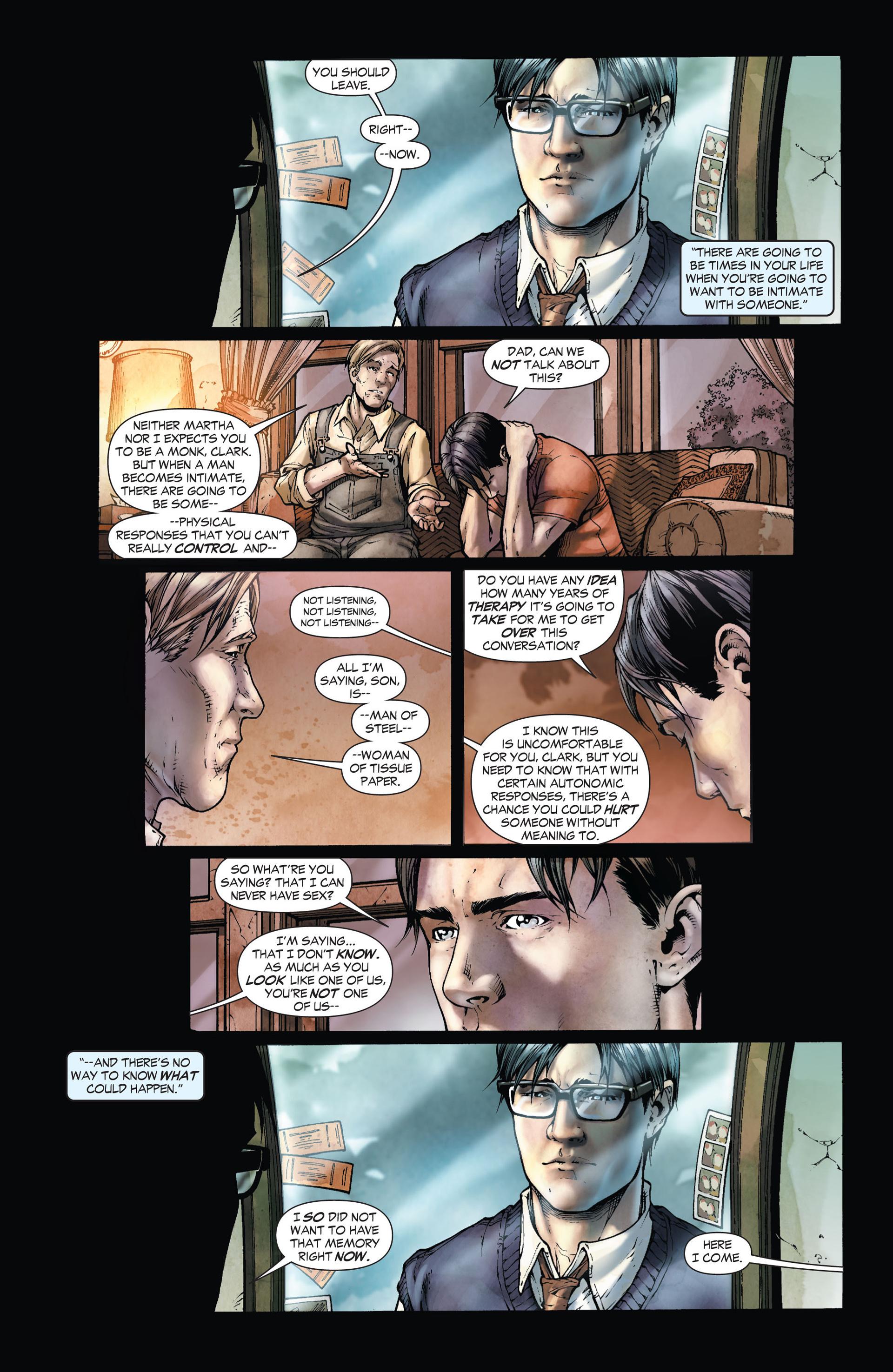
Niven won the Hugo Award for Best Short Story for Neutron Star in 1967. He married Marilyn Joyce "Fuzzy Pink" Wisowaty, herself a well-known science fiction and Regency literature fan, on September 6, 1969. He has since lived in Los Angeles suburbs, including Chatsworth and Tarzana, as a full-time writer. He did a year of graduate work in mathematics at the University of California at Los Angeles. He briefly attended the California Institute of Technology and graduated with a Bachelor of Arts in mathematics (with a minor in psychology) from Washburn University, Topeka, Kansas, in 1962. In fact, much of his writing since the 1970s has been in collaboration, particularly with Pournelle, Steven Barnes, Brenda Cooper, or Edward M. He co-authored a number of novels with Jerry Pournelle.
#Man of steel woman of kleenex series
Niven created an alien species, the Kzin, which were featured in a series of twelve collection books, the Man-Kzin Wars. His fantasy includes The Magic Goes Away series, which utilizes an exhaustible resource, called Mana, to make the magic a non-renewable resource. Niven also often includes elements of detective fiction and adventure stories. The creation of thoroughly worked-out alien species, which are very different from humans both physically and mentally, is recognized as one of Niven's main strengths. His work is primarily hard science fiction, using big science concepts and theoretical physics. The creation of thoroughly worked-out alien species, which are very different from humans both physically and mentally, is recognized as one of Niven's main strengths Laurence van Cott Niven's best known work is Ringworld(Ringworld, #1) (1970), which received the Hugo, Locus, Ditmar, and Nebula awards.

Laurence van Cott Niven's best known work is Ringworld(Ringworld, #1) (1970), which received the Hugo, Locus, Ditmar, and Nebula awards. The comics and all jokes about Superman have incorporated these ideas into the metahuman zeitgeist so you’ve probably already seen it illustrated and/or read it in superhero satire somewhere.

As short as this is, I actually had to make myself finish and even then only did so bc I had made it ¾ of the way and only had a few minutes left. A+ to Niven again for his very active imagination, but I wasn’t impressed with the analysis. The few actual realistic points were often paired with some eyebrow raising assumptions. As short as this is, I actually had to make myself finish and even then only did so bc I guess I’m too much of a nerd since I assumed this was going to be a “serious” take on the science of Superman’s & either LL being able to compatibly breed (given Niven’s s Irene chops), but it was very tongue in cheek and silly.

But good to know a Twentieth-century literary great was one of the first to spend time wondering whether Superman’s super-sperm would be too much for a human woman.I guess I’m too much of a nerd since I assumed this was going to be a “serious” take on the science of Superman’s & either LL being able to compatibly breed (given Niven’s s Irene chops), but it was very tongue in cheek and silly. Will there ever be an answer? Probably not.

In 1969, science fiction author Larry Niven considered Kent and Lane’s physical relationship in the essay “ Man of Steel, Women of Kleenex” a quarter-century later, the eternal question was debated again, albeit more sophomorically, in a scene from Kevin Smith’s Mallrats: “And when she sighs - somewhere in Central Park/where my immense bronze statue looms - ‘Oh, Clark … /Isn’t he wonderful!?!’ I stare ahead/and long to be a normal guy instead.” In TLS, Babikov notes that the scene of them walking through Central Park, as well Lane’s exclamation (including its punctuation) was taken directly from the cover of Superman No. “So this is why no matter where I fly/red-cloaked, blue-hosed, across the yellow sky/I feel no thrill in chasing thugs and thieves/and gloomily broad-shouldered Kent retrieves/his coat and trousers from the garbage can/and tucks away the cloak of Superman,” Nabokov wrote of the Man of Steel’s sorrow.
#Man of steel woman of kleenex archive
While the poem was known to exist, “The Man of To-morrow’s Lament” was believed lost until it was unearthed by Russian scholar Andrei Babikov in the Edmond Wilson’s archive in the Beinecke Rare Book and Manuscript Library at Yale University.


 0 kommentar(er)
0 kommentar(er)
